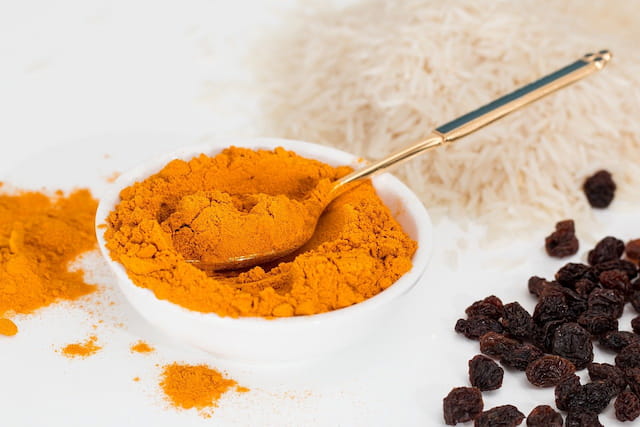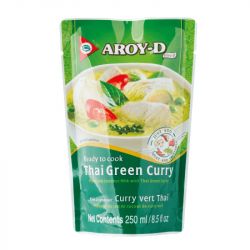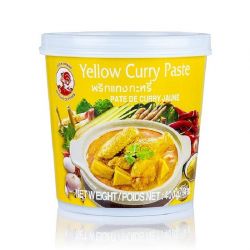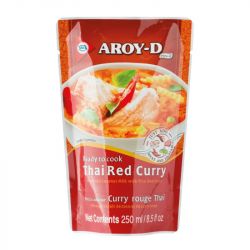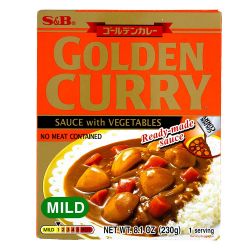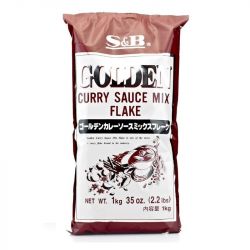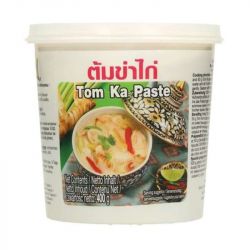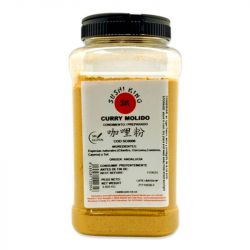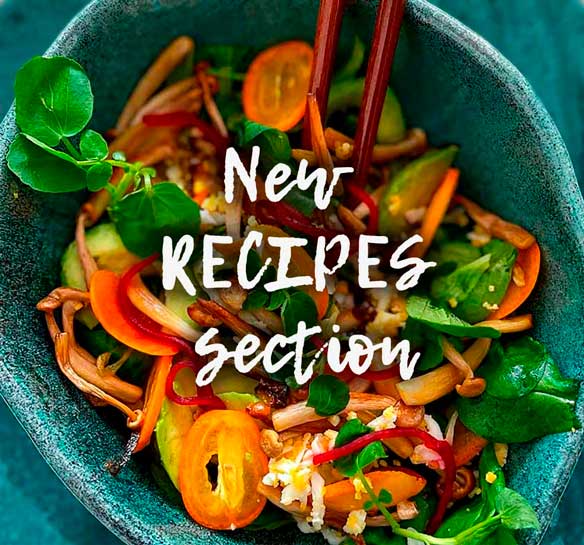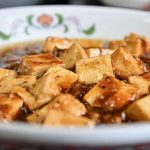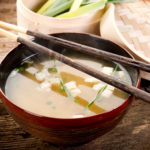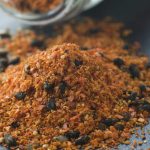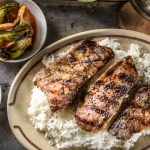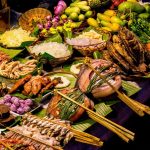Known to be the soul of Indian cuisine, curry is an ingredient that is still a mystery to this day. Is it a dish? A spice blend? Or is it more of a sauce? Well, the answer to all these questions is yes. Curry is all of these things, but depending on the geographical area it is considered to be one thing or another. However, everywhere in the world there is one universal truth, and that is that curry is much more than just food. Its flavour evokes sensations and emotions that stimulate the senses and can take you on a journey through the taste buds.
What is curry?
The word curry comes from the Tamil “kari” meaning “sauce”. For an Indian, curry is any vegetable, meat or fish stew cooked in a creamy sauce and served with rice. In Europe, however, curry is understood as a mixture of various spices. The reason for this is that during the British colonisation period, the English were very fond of dishes cooked in these sauces, but when they saw the complexity of all the variations and ingredients, they decided to create an amalgam of standard spices and trade them under the name “curry”. Therefore, curry could be said to be the term created by the English to bring all the flavours and nuances together in one product.
What are the spices in curry?
There is no single way of making curry, the options are endless and depend on the taste of each person. As the saying goes… “there’s a recipe for every taste”. Even so, it is true that there are some basic spices that every good curry must include, even if to a greater or lesser extent. The most important ones are probably turmeric, cumin, cinnamon, coriander and nutmeg. Depending on whether you prefer it spicier, milder or more aromatic, you should also include others such as chillies, cardamom or saffron. It is also worth bearing in mind that there are different types of curry depending on the country where it is made:
Indian: this is the traditional one, a mixture of spices that varies according to the region.
Thai: it has some subtypes, the main ones being red, green and yellow. Also, it usually comes as a paste rather than a powder.
Japanese: it is usually found as a pressed paste, which is then dissolved in sauce.
Where to buy it?
In our online shop and in our shops in Barcelona and Madrid, you will find many varieties of curry, so that you can cook your own dishes or some dishes with this ingredient. In our shop you will also find complementary ingredients for this delicious dish, such as coconut milk.
Salsa de curry verde (AROY-D) 250ml
3,29 €
Pasta curry amarilla (COCK) 400g
3,59 €
Salsa de curry rojo (AROY-D) 250ml
3,29 €
Salsa de curry poco picante con verduras (S&B). 230g
6,59 €
Curry japonés en copos (S&B) 1kg
16,95 €
Pasta curry Tom Ka (LOBO) 400g
7,45 €
Polvo curry (SUSHI KING) 820g
9,89 €
Origins and history
It is not possible to say with certainty when curry was created in India or when it came into use. According to researchers and archaeological excavations, the spice dates back to 2500 BC in the Mohenjo-Daro area of Pakistan. From that time onwards, curry flavours began to be used regularly and became the basis of Indian cuisine.
Over the years, Indian monks travelling along the Silk Road began to spread this spice blend throughout Asia and Europe. The spread throughout Asia was also influenced by the British, who introduced these ingredients to Japan and all the British colonies. The introduction of curries to so many different parts of the world led to their transformation and adaptation to local tastes. This is why there are now as many curries as there are people, because it is a condiment that is very easy to adapt to one’s own preferences.
Properties
As it contains so many spices that already have medicinal properties in themselves, the mixture of spices makes curry a food with great health-promoting properties. Undoubtedly, among all the spices, the most outstanding and the one with the most properties is turmeric.
Alzheimer’s
One of the components of turmeric is curcumin. In a 2006 US report, researchers stated that curcumin stimulates the immune system in a way that reduces cognitive decline and the chances of suffering from Alzheimer’s disease.
Cancer
Curcumin helps to destroy cancer cells associated with various types of cancer. In particular, this polyphenol can help fight glioblastomas, an aggressive form of cancer that originates in the brain.
Pain and inflammation
Turmeric is also a spice with positive effects on inflammation, pain and rheumatological diseases such as arthritis. Its anti-inflammatory effects help to reduce joint deterioration. Its qualities have even been compared to some popular medicines such as ibuprofen.
Antioxidant
Eating antioxidant-rich foods like curry helps prevent cell damage caused by a type of molecule called free radicals. Too many of these molecules in our bodies results in oxidative stress, a process of cell deterioration that is linked to heart disease, cancer and mental decline.
Heart
Two of the ingredients commonly added to curries are cardamom and sweet basil, both of which have vasodilatory properties. This means that they are very effective in reducing tension in the blood vessels by lowering blood pressure and minimising the chances of cardiovascular problems.

